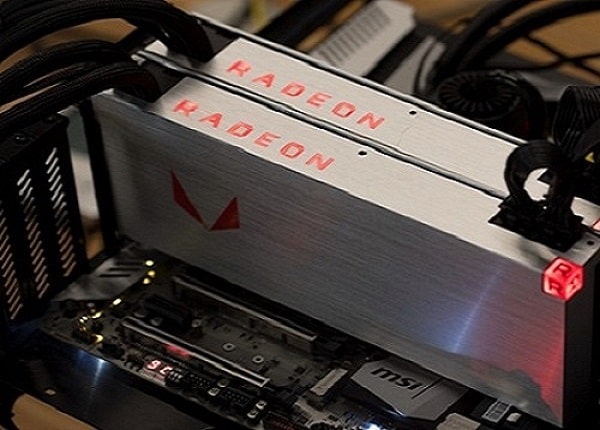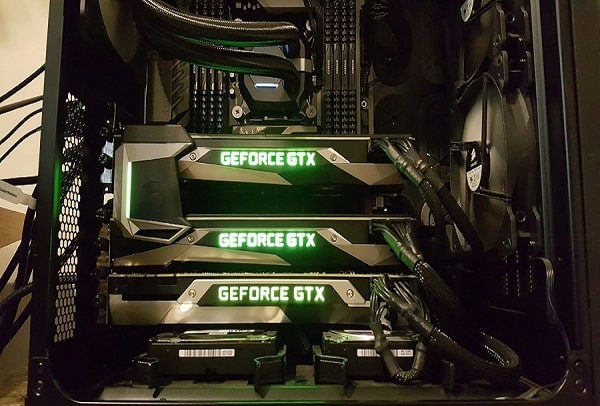CrossFire and SLI:
CrossFire and SLI (Scalable Link Interface) are technologies developed by AMD and NVIDIA, respectively, that allow users to combine multiple graphics cards in a single system to improve graphics performance. These technologies are designed to enhance the rendering capabilities of a computer for graphics-intensive tasks such as gaming, video editing, and 3D rendering.
CrossFire
The short and perhaps the most efficient non-technical answer is that CrossFire is a high-performance PC gaming graphics platform made possible by the use of multiple graphics cards coupled with a CrossFire enabled motherboard with a single CPU, in order to increase graphics performance and quality. So, in layman terms you can essentially run applications like high-end games at a much higher frame-rate than it is possible with a single graphics card.

Previously called CrossFire, AMD CrossFireX (as it is called today), refers to a brand name for the multi-GPU system by Advanced Micro Devices which was in fact originally developed by ATI.
What is CrossfireX?
Crossfire-X technology allows you to connect two or more of the same family GPUs together for combined performance. The great thing about CrossfireX is that you do not slow down the faster GPU's clock rate when running it in conjunction with other graphics processors. So for example, if you run a Radeon 7950 and a 7870 together in CrossfireX configuration, that is fine. This differs from Crossfire and SLI which required you to pair the same GPUs together.
SLI
Since it was the first of the two technologies to be released. SLI was originally introduced by 3dfx in 1998 with their Voodoo 2 card. At that time SLI meant Scan Line Interleaving and worked by making each GPU to process one group of lines (one GPU processing odd lines and the other processing even lines). NVIDIA bought 3dfx on April 19th 2001 and introduced a similar but updated concept for their video cards in June 2004, renaming SLI to Scalable Link Interface.

SLI Works:
- SFR (Split Frame Rendering), where each frame is divided in two and each half is sent to a different GPU to be processed. This is the mode used by SLI configurations using two video cards.
- AFR (Alternate Frame Rendering), where each GPU processes an entire frame, but while one GPU is processing the current frame, the other GPU is already rendering the next frame, so when the first frame is delivered, the second frame is already rendered (ideally) or almost rendering. This is the mode used by three-way SLI.
- AFR of SFR, which is used on Quad SLI system. Here two GPUs process the first frame under SFR mode while the other two GPUs are processing the next frame also under SFR mode.
Q. Why SLI and CrossFireX failed?
In recent years, the trend in the industry has shifted away from multi-GPU configurations for gaming, as modern graphics cards have become more powerful on their own, and software support for multiple GPUs has become less common. As a result, many users opt for a single high-performance GPU rather than investing in a multi-GPU setup.
Category: Hardware
on: 01 Feb 2019
on: 14 Apr 2024
Featured posts
You may like these posts.
Programming Generations - 1GL, 2GL, 3GL, 4GL, 5GL, 6GL:
A programming language is a set of written symbols that instructs the computer hardware to perform specific tasks. Programming language consists of a vocabulary.

Encryption and Decryption (Data) - Encoding & Decoding:
Encryption is the process of translating plain text data (plaintext) into something that appears to be random and meaningless (ciphertext).

Types of Firewall - Packet, Application, Proxy, NGFW:
Firewalls are often categorized as either network firewalls or host-based firewall. Firewalls may also be a component of your computer's operating system.
What's Next?
We've now entered the finance section on this platform, where you can enhance your financial literacy.